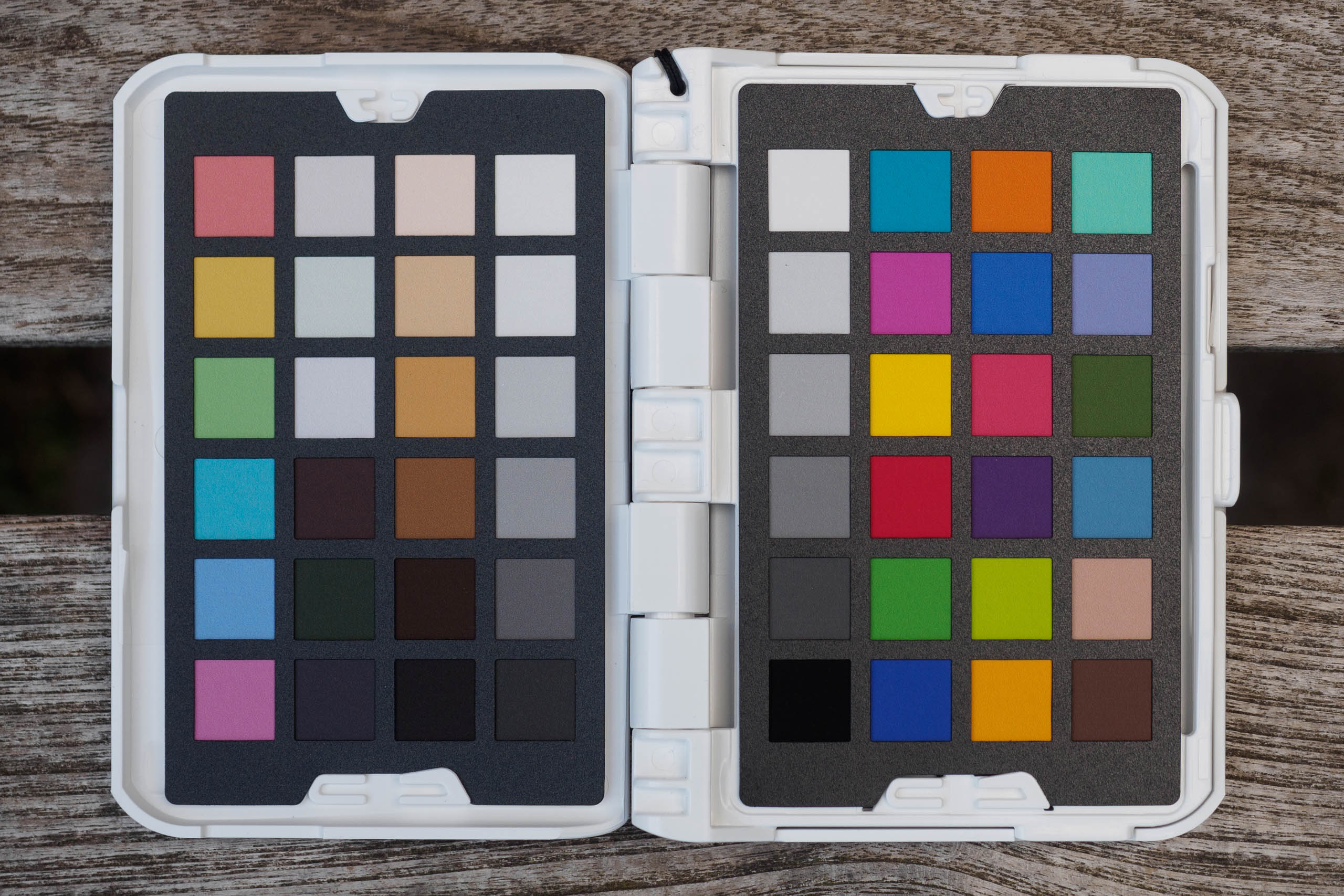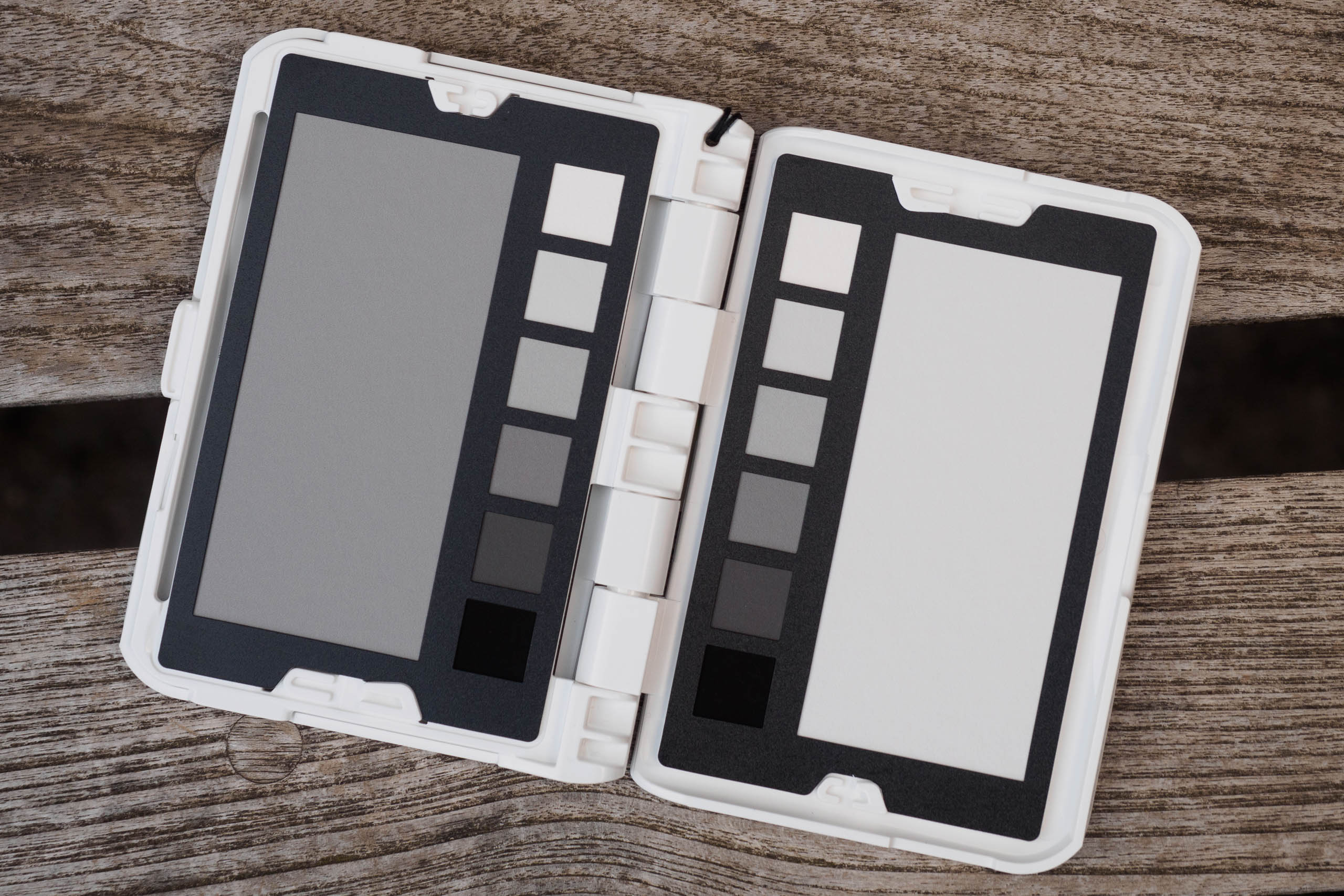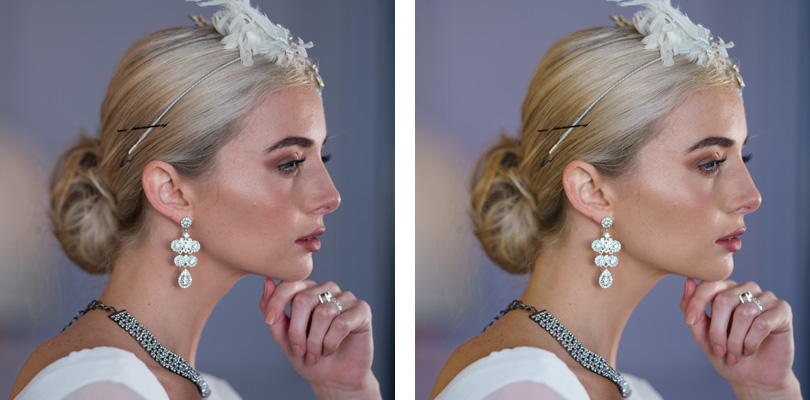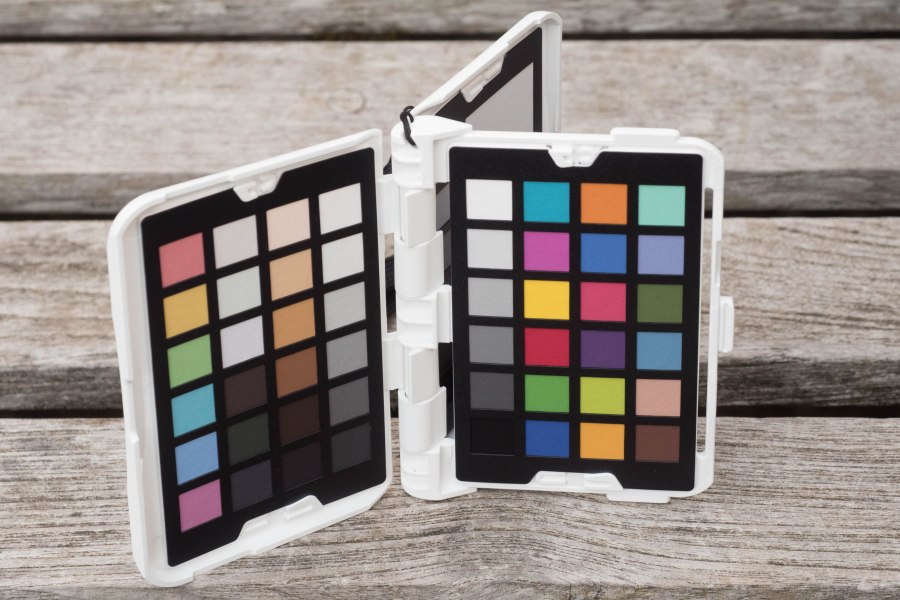Datacolor Spyder Checkr Photo at a glance:
- Colour reference tool
- Four replaceable colour targets
- Measures 116 x 90 x 13mm
- Integrates with Adobe software
- spyderx.datacolor.com
For certain types of photography, for example products or portraits, getting accurate colours can be essential. This is where a colour reference tool like the Datacolor Spyder Checkr Photo comes in. By photographing its standardised colour patches and then analysing them in Datacolor’s software, it promises to give truly accurate colour.
Datacolor Spyder Checkr Photo key features:
- Replaceable colour targets: The plastic casing holds four target cards – two colour, two white balance – which can easily be swapped out and replaced
- Camera profiling: To create camera colour profiles, you need to download and install the free SpyderCheckr software for Windows or Mac OS X
- 24 or 48 colours: You can create profiles based on either a standard 24-patch chart, or 48 patches across two cards, with various rendering intents
- Software compatibility: Camera profiling works with Adobe Photoshop and Lightroom, and Hasselblad Phocus software.
- Lanyard: A somewhat stridently branded lanyard is supplied in the box, with a quick-release clip

The Datacolor Spyder Checkr Photo is somewhat thicker when closed than its Calibrite rival. Image credit: Andy Westlake
Datacolor is one of the two big names in colour management, alongside Calibrite (formerly X-Rite). The spellcheck-defeating Spyder Checkr Photo is its first pocket-sized colour reference tool, making it a direct (but cheaper) rival to the Calibrite ColorChecker Passport Photo 2. It’s similar in size and design, except it’s made from white plastic rather than black, and is noticeably thicker. Even so, it’ll still slip easily into a jacket or trouser pocket.
This increased girth reflects a key difference between the two designs. Datacolor has made the colour targets removable, which means that in principle, you can easily replace damaged cards, or swap the existing ones for different options. This is welcome in a world where we’re hopefully all becoming more responsible about what we throw away and what we re-use. However, replacement cards aren’t yet available at the time of writing, and we don’t know much they’ll cost.

Alongside a standard 24-patch colour reference chart, there’s another that aims to represent a range of skin tones. Image credit: Andy Westlake
Four targets are housed inside the plastic clamshell case. Alongside a standard 24-patch colour chart, there’s another with a series of patches that aim to represent a broad range of skin tones. You also get two grey balance cards with different levels of reflectance. Everything is printed on ultra-matte paper in a bid to minimise any errors due to glare.

The Datacolor Spyder Checkr Photo also includes grey/white balance targets. Image credit: Andy Westlake
At the simplest level, the Spyder Checkr Photo is very useful as a visual colour checker and white balance target. But get the most out of it, you need to create a profile for your camera. This means photographing the colour targets in raw format; processing the resultant file to Datacolor’s instructions; and then running the image through the SpyderCheckr software. If you apply the resultant Lightroom/Adobe Camera Raw Preset to other images shot with the same camera and lens, they should be colour accurate.

In this comparison, shot using the Sony Alpha 7R III, the Datacolor Spyder Checkr Photo profile (left) gives more accurate colours than the camera’s Standard profile (right), which brings a yellow tinge to the model’s skin tone. Converted from raw using otherwise identical settings. Image credit: Andy Westlake
In my tests, the process delivered neutral, true-to-life colours that should provide a reliable starting point for processing images. The differences compared to using the Adobe Standard colour profile in Camera Raw or Lightroom are subtle but visible, with the most obvious difference often being slightly more saturated blues. But that’s the nature of taking colour management to such a refined level.
Datacolor Spyder Checkr Photo: Our Verdict
Judged on its own terms, the Datacolor Spyder Checkr Photo delivers what it claims. It’s not something every photographer will need, but for those that do, it works.

Follow AP on Facebook, Twitter, Instagram, and YouTube.







